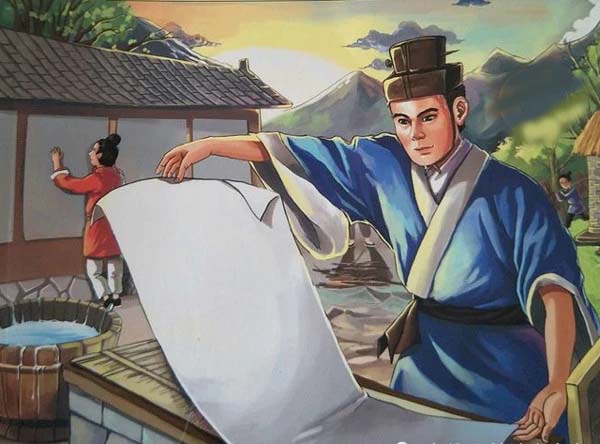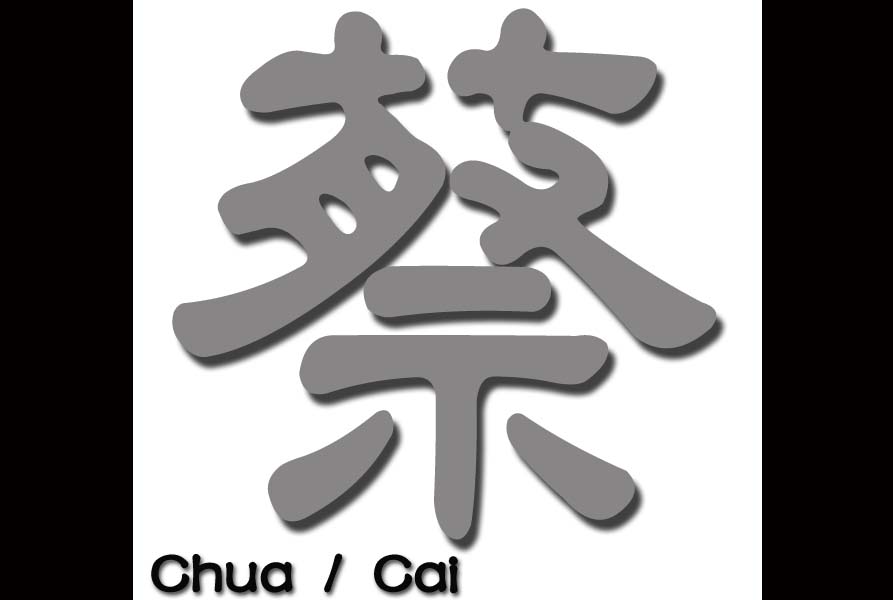Previous issues of Tulay introduced the origins of the 10 most populous surnames in China, namely: 李 (Dy, Dee in Hokkien), 王 (Ong), 張 (Tiu), 劉 (Lao), 陳 (Tan), 楊 (Yu), 黄 (Ng, Uy), 趙 (Teo), 周 (Chiu), 吳 (Go).
Now, we will present the origins of other Chinese surnames following the order of the frequency of their appearance in the Philippines. This is because we noticed that after the 10 biggest surnames in China, the subsequent surnames, although big and numerous in China, are not so common and numerous in the Philippines.
The 10 biggest Chinese surnames in the Philippines are Tan (陳), Chua (蔡), Ng or Uy (黃), Go (吳), Sy or See (施), Lim (林), Dy or Dee (李), Ong (王), Co (許), Yu (楊).
Tulay has already introduced the origins of Tan, Ng, Go, Dy, Ong and Yu. Beginning this issue, we will introduce Chua, to be followed by Lim and Co in future Tulay issues.
Surname 蔡 (Chua in Hokkien, Cai in Mandarin) may rank No. 34 in China; but in the Philippines, it is second place. Its origin is quite simple yet of imperial origin.
The ancestor of Chua, Cai Shu Du (蔡叔度) was the young brother of first emperor Zhou Wu Wang (周武王) of Zhou (周) Dynasty (1066-771 BC). The original surname was 姬 (Ji in Mandarin), the surname of the Zhou royal family.

Shu Du was conferred by his elder brother Emperor Zhou Wu Wang with title and territory at a place called 蔡 (in Henan 河南 province) and established the state 蔡. It was his son Cai Zhong (蔡仲) who adopted the name of their state as the family surname.
Among famous personalities in China, Cai Lun (蔡倫) (63-121 AD) is worth mentioning: he created one of the four great inventions in China – paper.
Cai Lun lived in East Han (東漢) Dynasty (25-220 AD). He invented the art of making paper from barks, rugs and old fishing nets in 92 AD. He put the process and method of making paper in memorial to the throne and submitted it to the emperor. Thus, he formalized his invention and ensured its dissemination and use throughout China.
Historian Michael Hart, author of the book The 100: A Ranking of the Most Influential Persons in History, placed Cai Lun seventh because of his contribution. — First published in Tulay Fortnightly, Chinese-Filipino Digest 23, no. 7 (September 7-20, 2010): 5.





